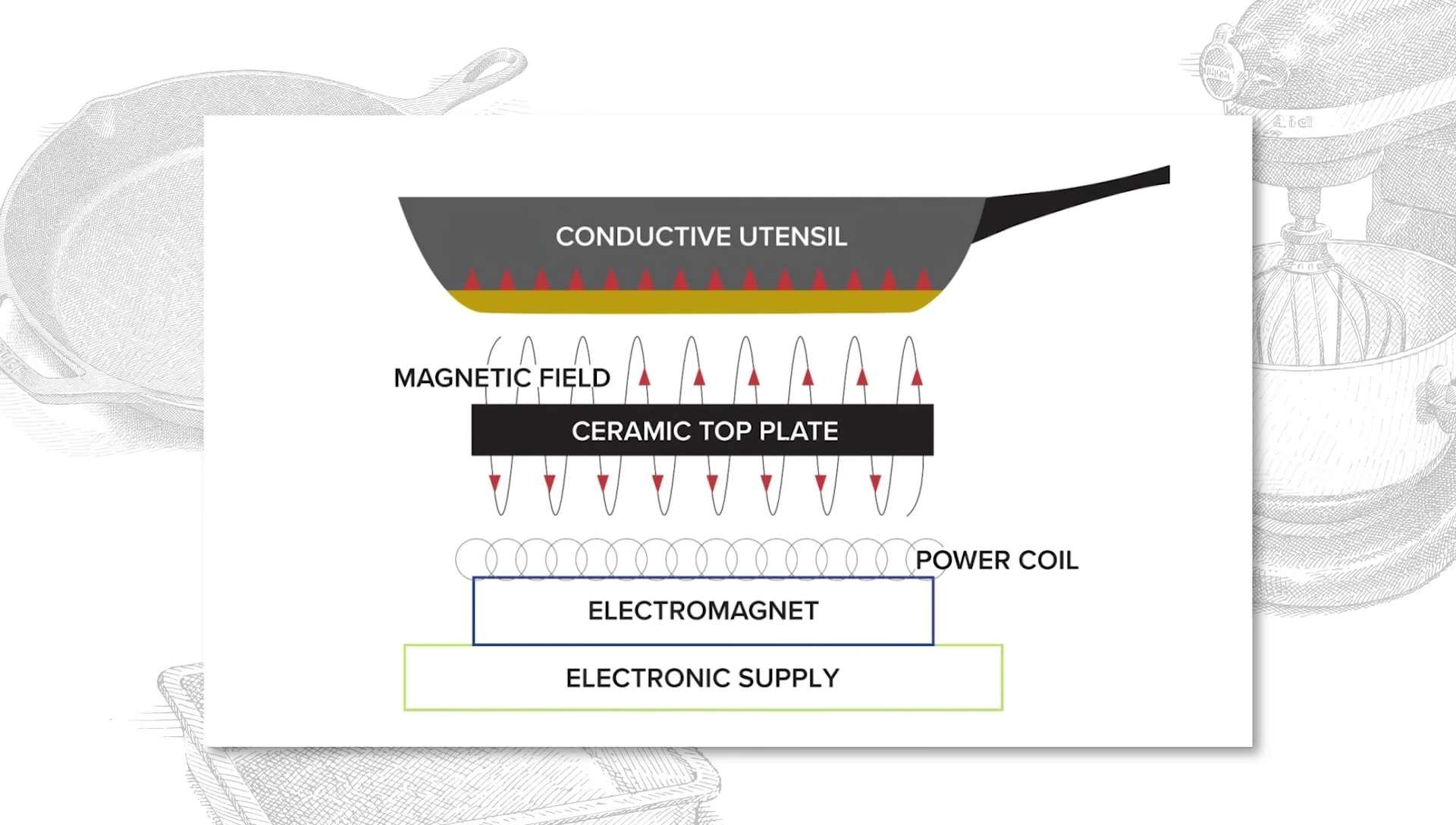Are you considering upgrading your kitchen with an induction cooktop? This comprehensive review explores the benefits of induction cooking, comparing top-performing models and guiding you through choosing the right one for your needs. We delve into the science behind induction technology, explaining its superior energy efficiency and precise temperature control compared to traditional gas or electric ranges. From portable options ideal for smaller kitchens to high-end models boasting advanced features, we’ve tested and evaluated the best induction cooktops on the market.This review covers not only cooktop choices, but also essential cookware considerations. We’ll help you determine whether your existing pans are induction-compatible and suggest both budget-friendly and premium cookware options perfectly suited for this efficient cooking method. Whether you're a seasoned chef or a home cook looking for an upgrade, this guide provides the information you need to make an informed decision and enjoy the speed, efficiency, and precision of induction cooking.
Pros And Cons
- Powerful
- Accurate
- Multiple safety features (auto shut-off)
- Sous vide capability (programmable temperature control)
- Expensive ($1500)
- Induction compatible
- High-performance
- Less expensive ($115)
- Accurate
- Powerful
- Smaller magnetic coil (6 inches), better suited for smaller cookware
- Induction compatible
- Durable
- Suitable for all oven temperatures
- Good heat retention
- Inexpensive ($20)
Read more: Nuwave PIC Titanium Induction Cooktop Review: A Mixed Bag of Features
How Induction Cooking Works
Induction cooking uses electromagnetic fields to heat cookware directly, resulting in significantly faster and more energy-efficient cooking compared to gas or electric ranges. An electric coil beneath the cooktop generates a magnetic field.

When ferromagnetic cookware (containing enough iron to be magnetic) is placed on the cooktop, the magnetic field agitates the molecules within the metal, generating heat directly in the pan itself.
This direct heating method minimizes heat loss to the surrounding air, leading to better temperature control and faster cooking times. This makes induction cooking highly efficient and responsive to temperature changes.
Top-Rated Induction Cooktops: Revel PolyScience and Duxtop
We tested several portable induction burners, and two stood out. The Revel PolyScience Control Freak M was a top performer, boasting exceptional power, accuracy, and a range of safety features including an auto-shutoff.

Its ability to maintain a consistent temperature made it ideal for sous vide cooking. However, with a price tag of $1500, it's a significant investment.

The Duxtop portable induction cooktop, priced at $115, offers a more budget-friendly alternative while still providing accurate and powerful performance. Keep in mind, its smaller 6-inch magnetic coil is best suited for smaller cookware.
Induction Cookware Compatibility
For induction cooking, you need cookware that is ferromagnetic, meaning it contains enough iron to be attracted to a magnet. A simple magnet test can determine compatibility.

Aluminum, pure copper, and glass cookware are not induction compatible. Cast iron and stainless steel cookware with a ferromagnetic base are ideal choices.
Look for cookware specifically labeled as "induction compatible" for guaranteed results. The magnet test ensures compatibility without relying solely on labeling.
Recommended Cookware
The Lodge 10-inch cast iron skillet is a budget-friendly and durable option, perfectly suitable for induction cooking. Its excellent heat retention makes it versatile for various cooking methods.
The All-Clad D3 stainless steel 10-inch fry pan is a high-performance choice with a fully clad construction, ensuring even heating and compatibility with induction cooktops. Its robust build and even heating are key features.
Conclusion: Choosing the Right Induction Cooktop
Both the Revel PolyScience Control Freak M and the Duxtop portable induction cooktops offer excellent performance, but cater to different needs and budgets. The Revel excels in precision and advanced features, while the Duxtop provides excellent value for its price.

Ultimately, the best choice depends on your budget and cooking style. Consider the size of your cookware and the features you prioritize when making your decision. The compatibility of your existing cookware should also be a major factor.

